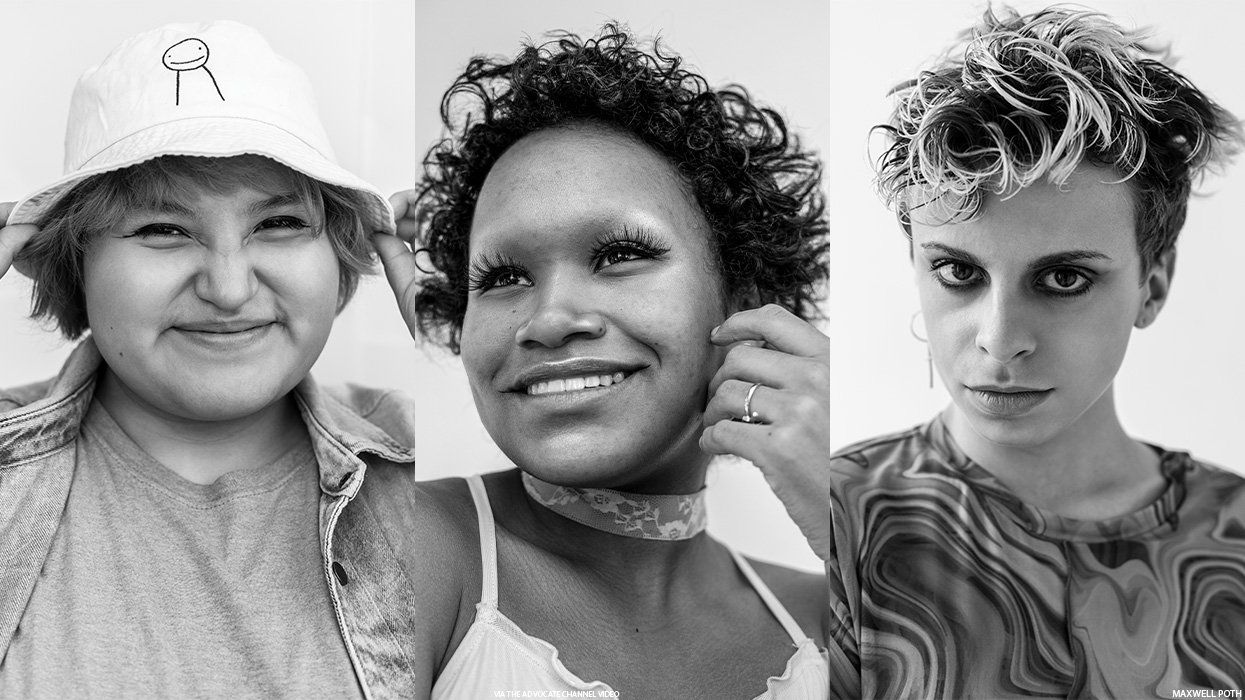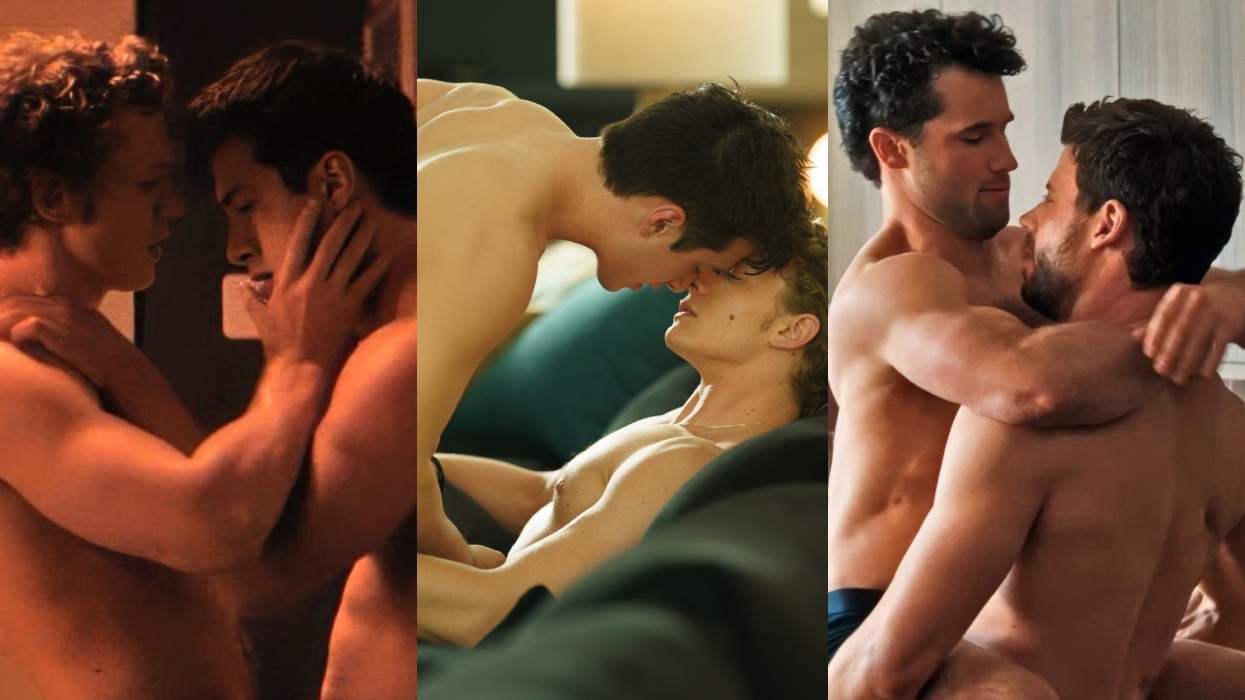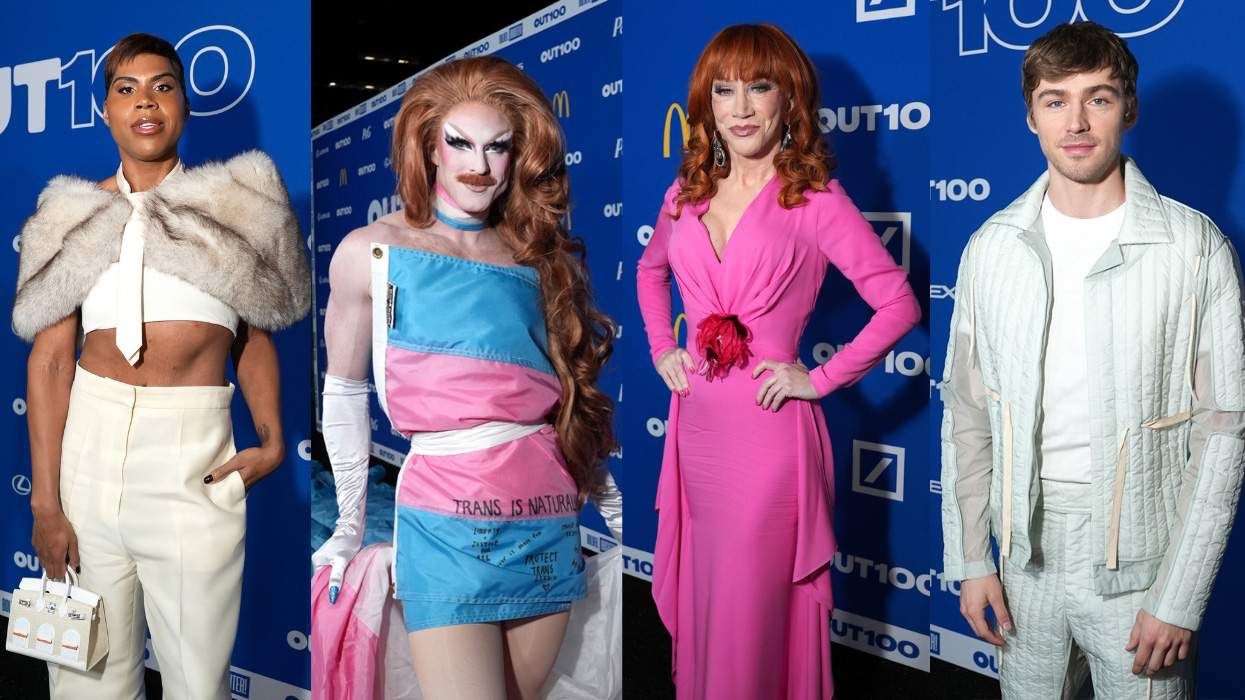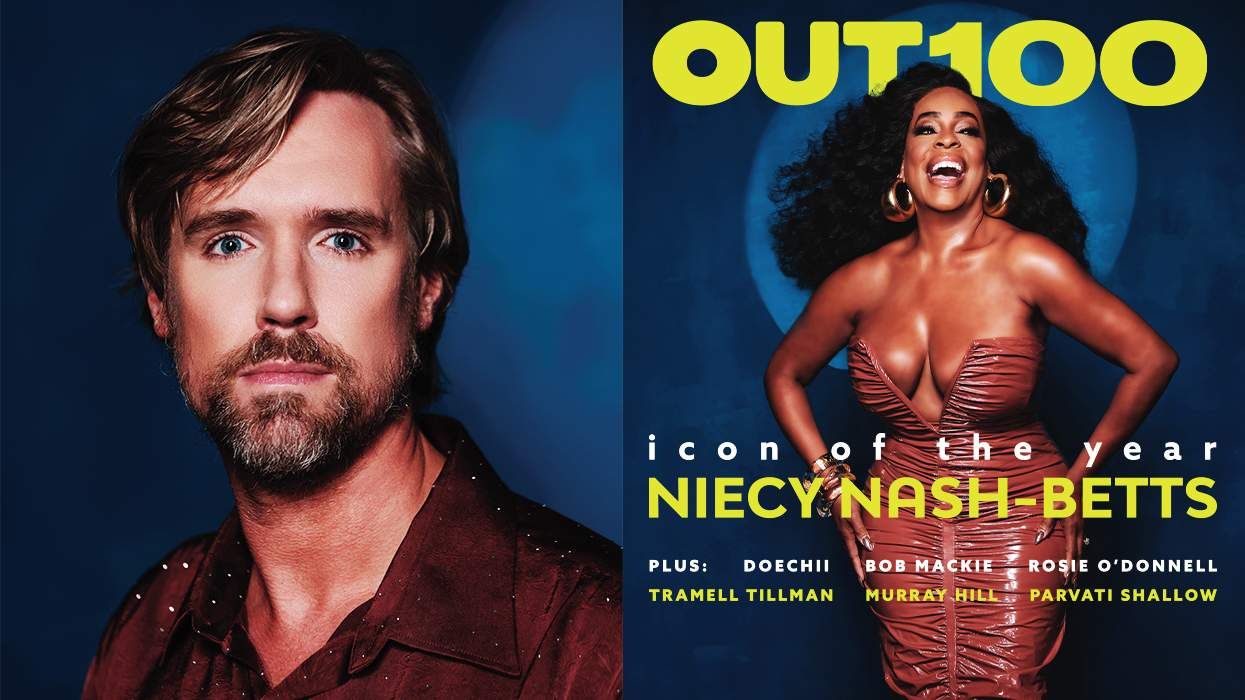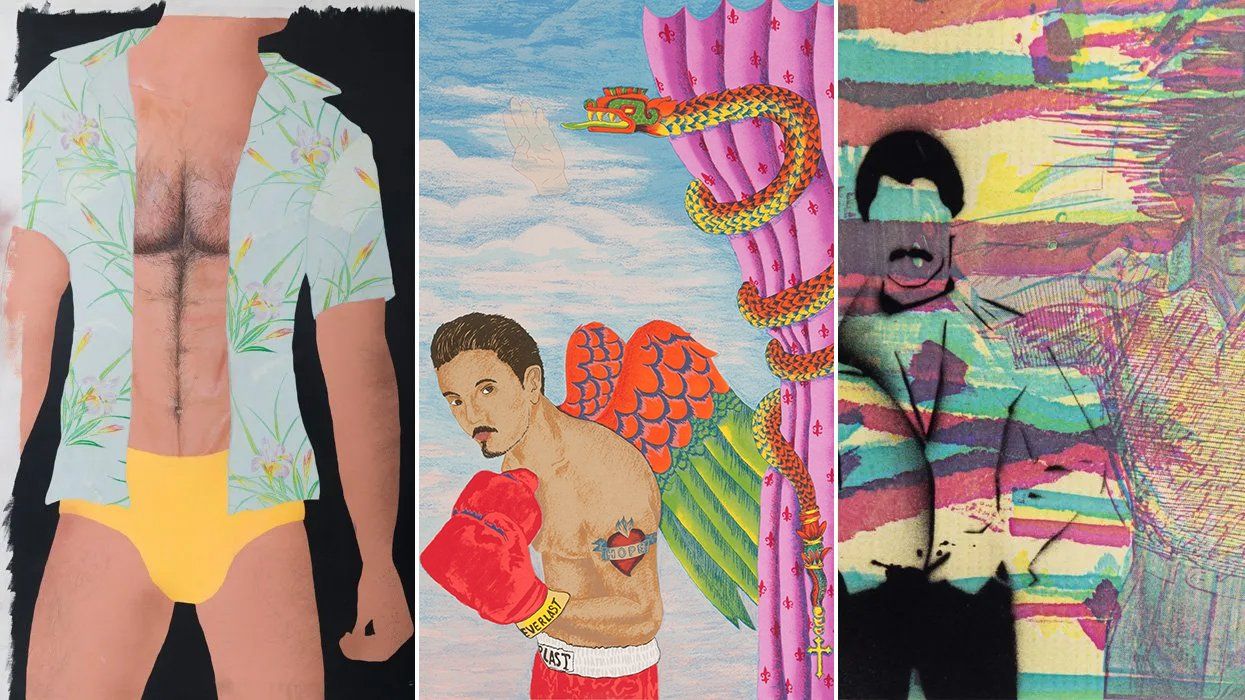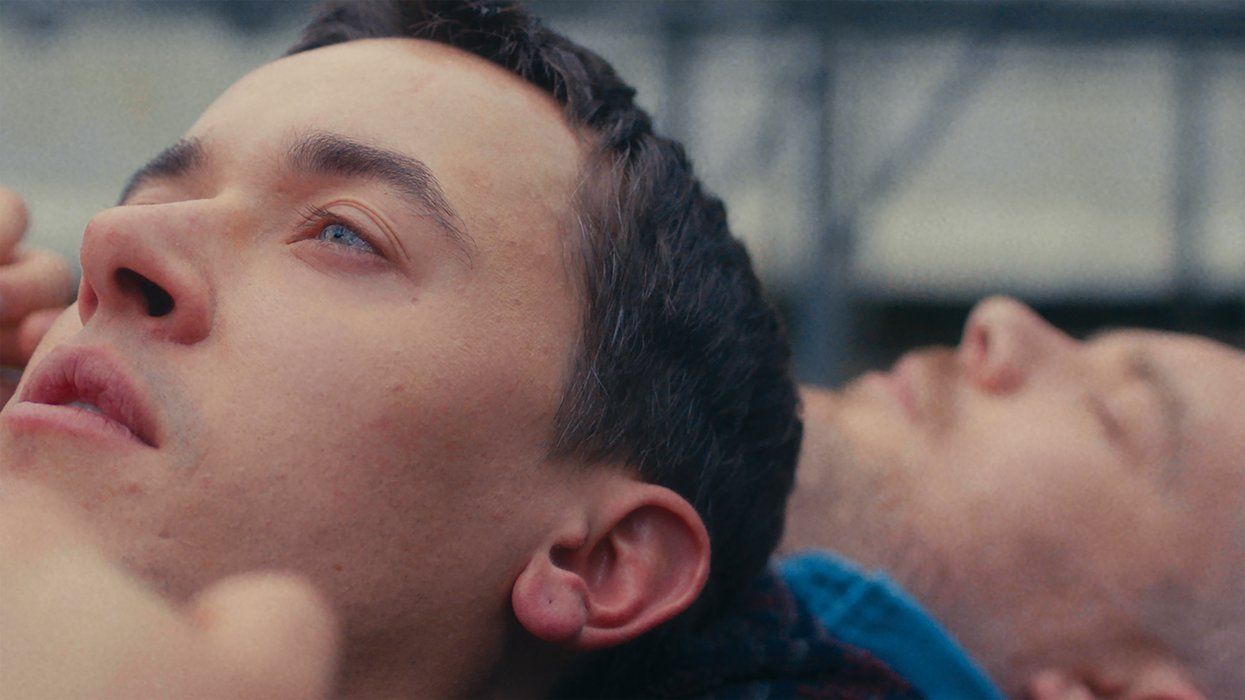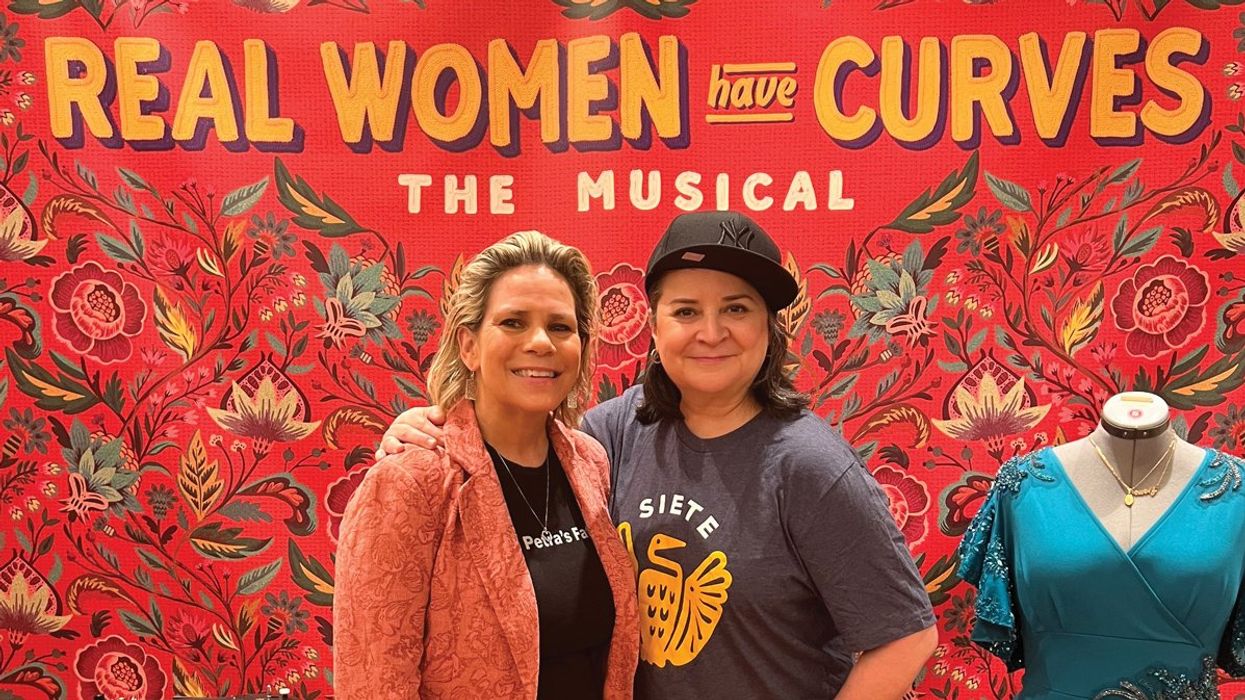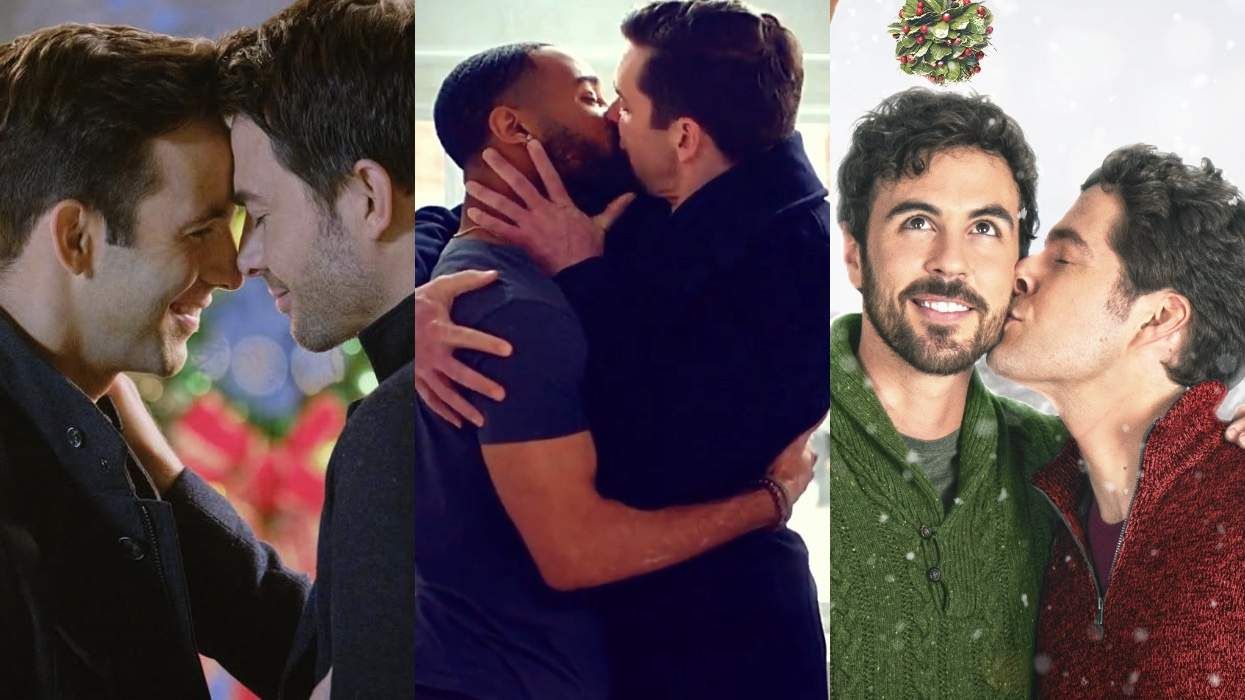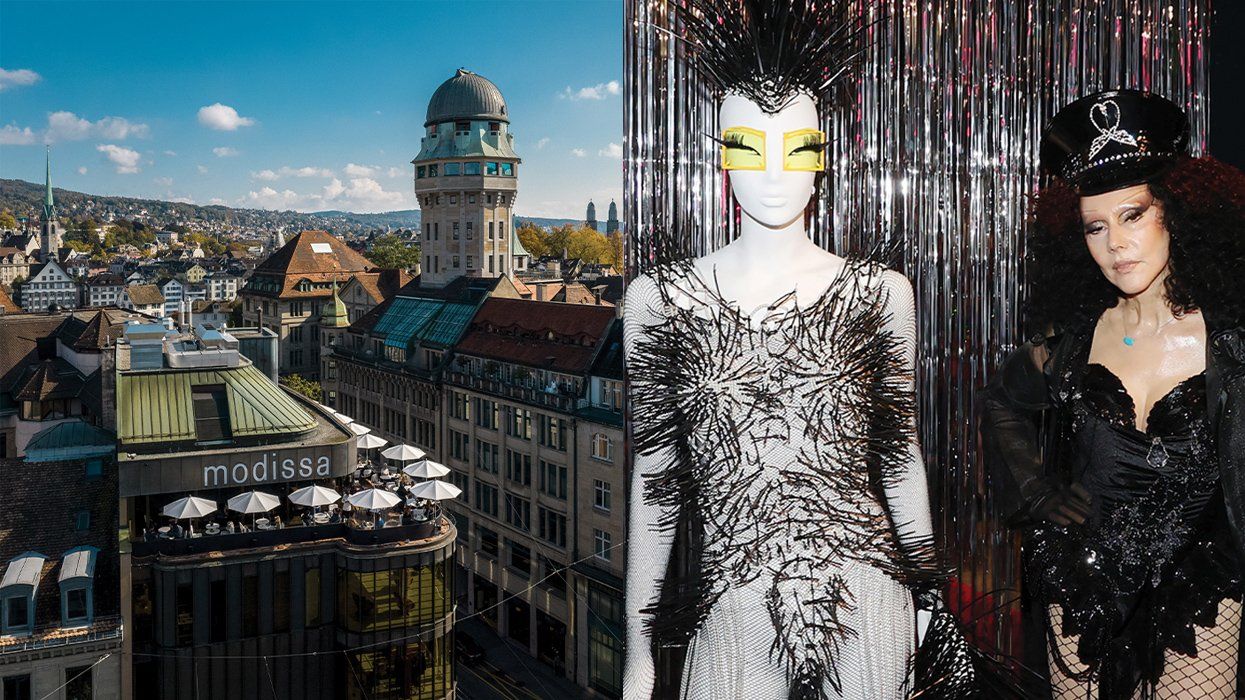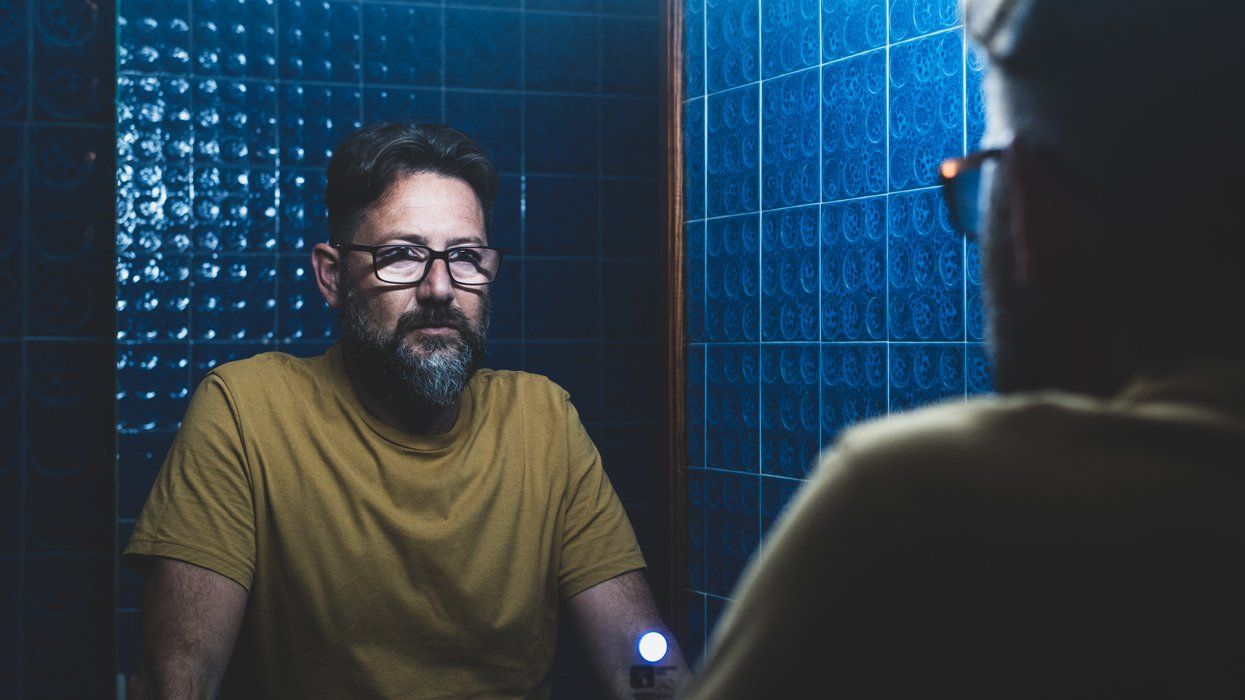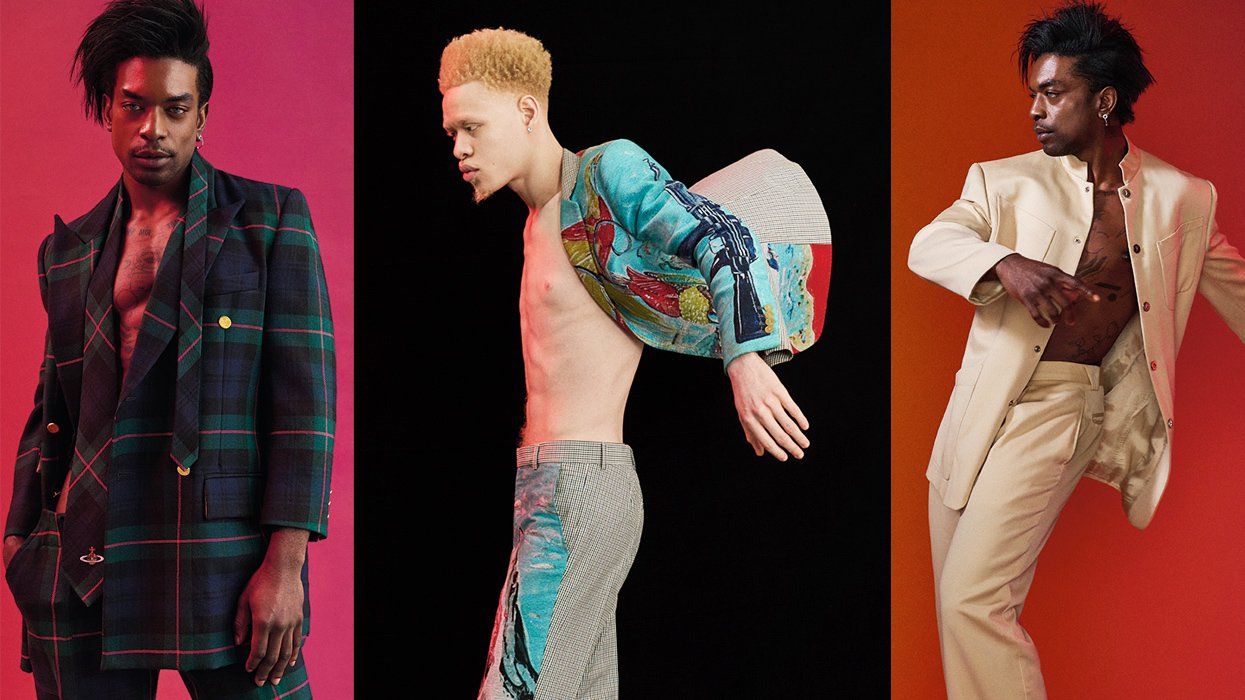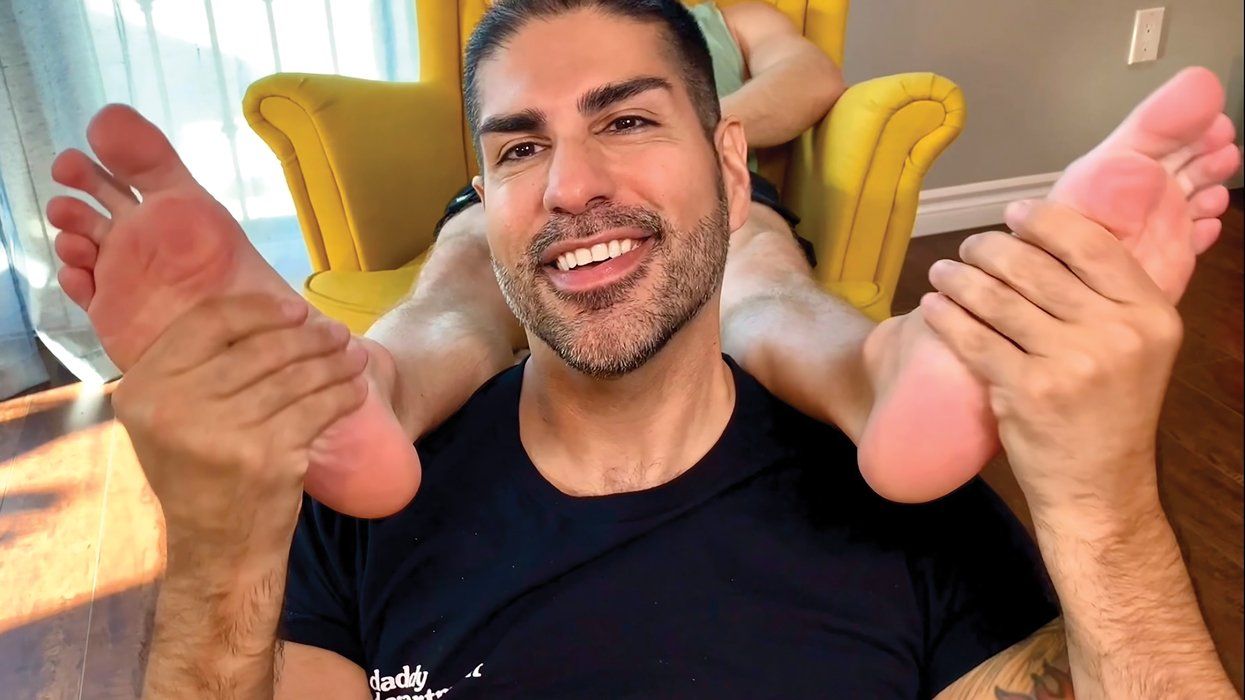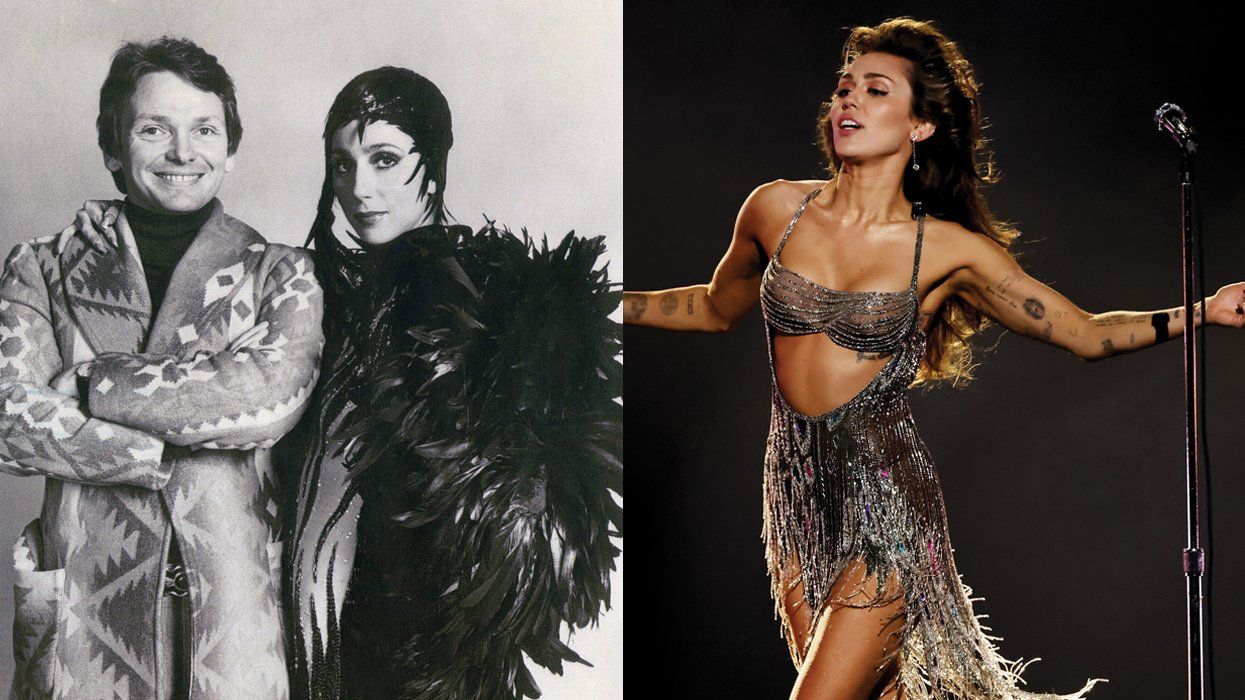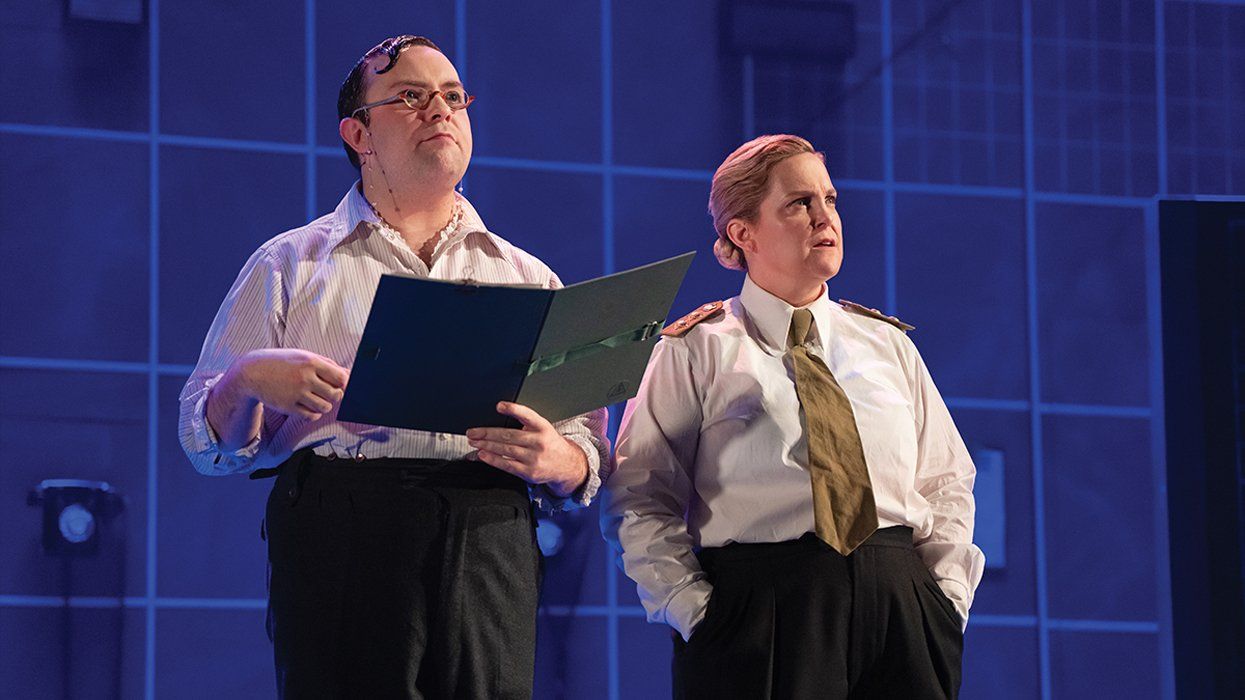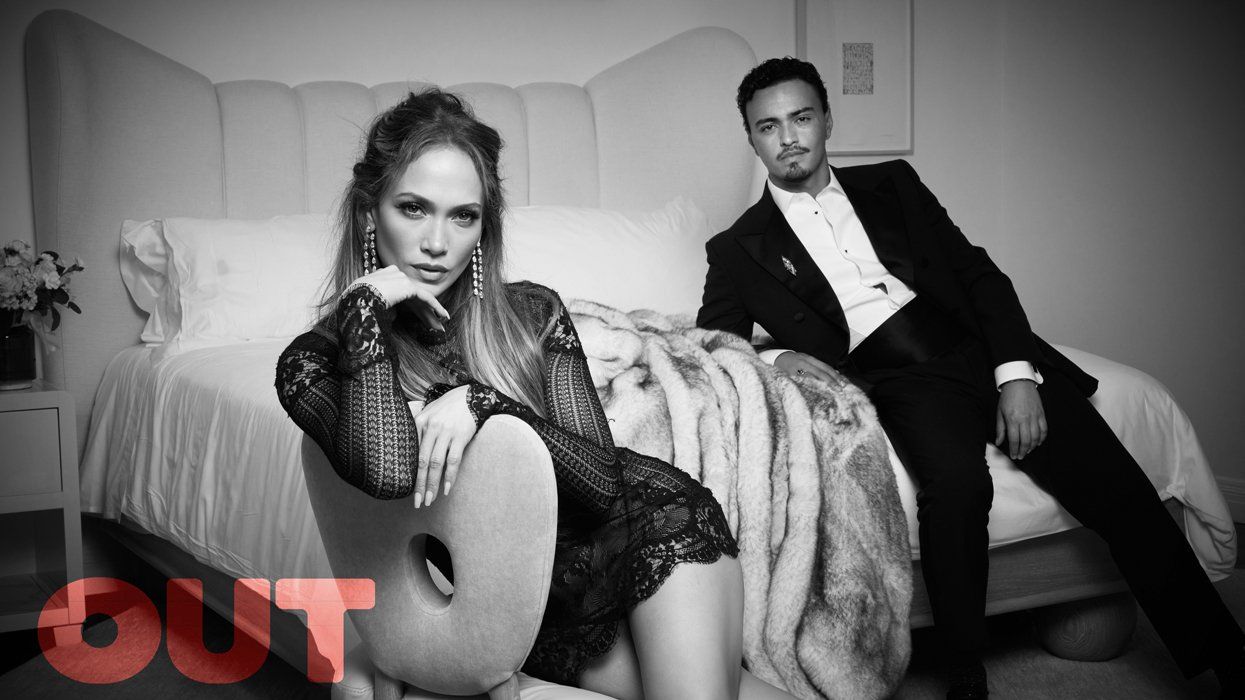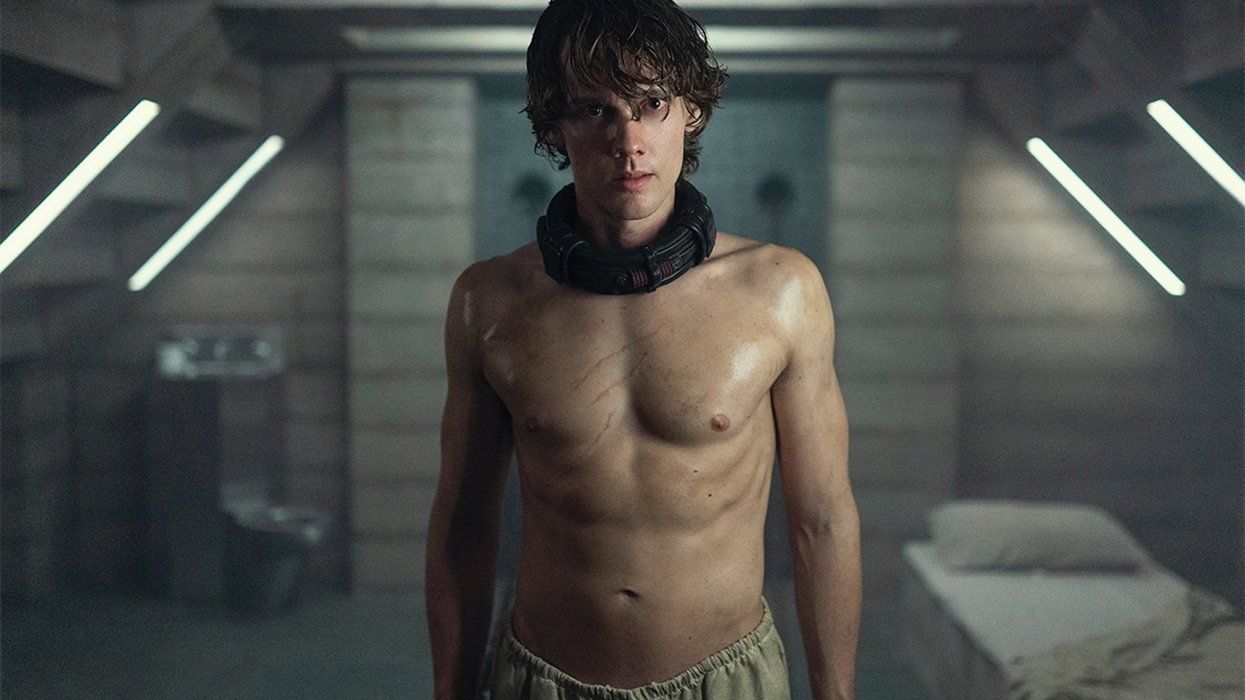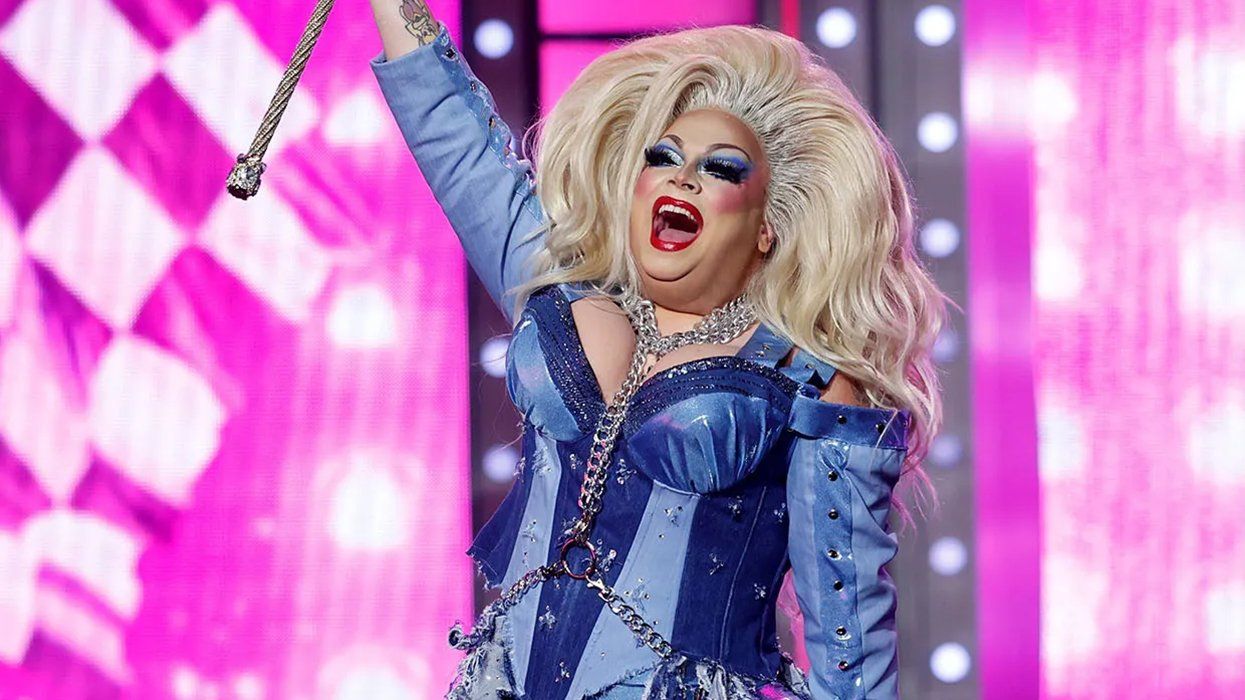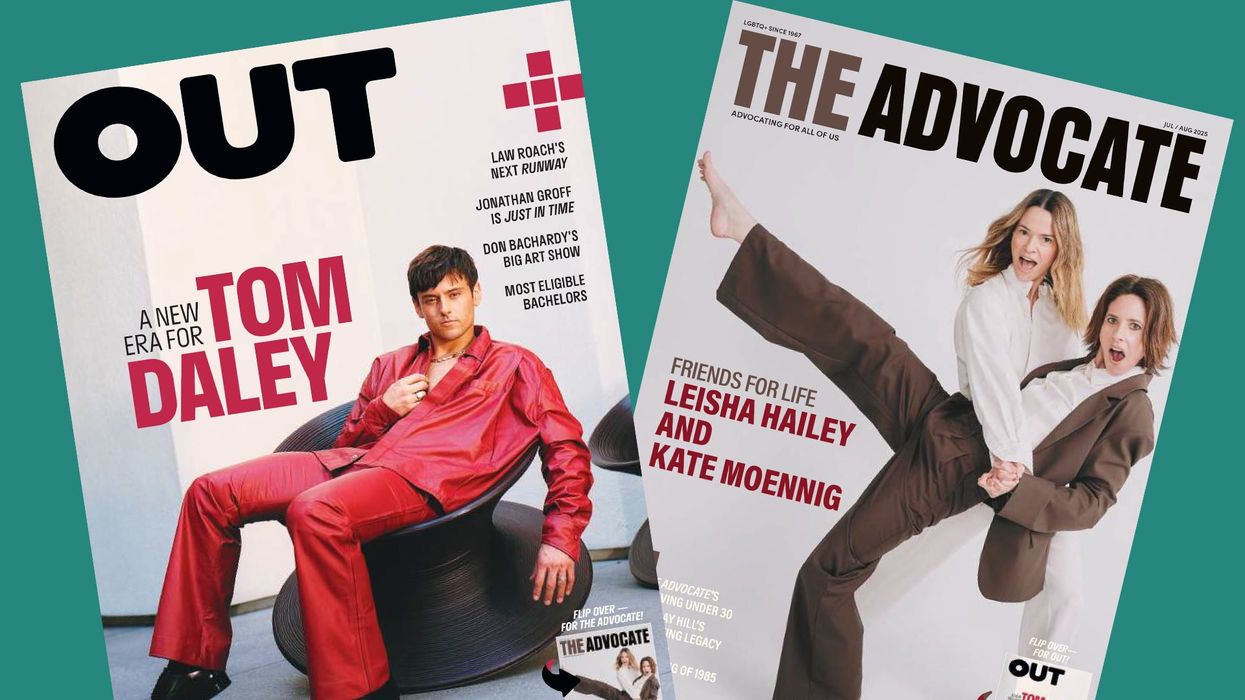In the new book Young Queer America, photographer Maxwell Poth has gathered portraits and essays from 73 LGBTQ+ young people — mostly teens, but one as young as 9 years old — from across the United States. Through Poth’s lens and in their own words, these young people share stories of growing up and coming out as queer and/or transgender.
The result is its own snapshot of what it’s like to be LGBTQ+ and young in America today. Some, particularly in more liberal-leaning urban areas, found acceptance from their friends and family. But many, particularly in small-town America, face challenges like never before. “If you live in a small town, it is still similar to how the community saw queer people a decade ago,” attests Poth, who grew up in a Mormon household in Utah. “To be honest, it may even be worse. Especially towards the trans community.”
Young Queer America is dedicated to Stockton Powell, a Mormon teen from Poth’s hometown who took his own life; the last two portraits and essays are from his parents, Alyson and George. The dedication is a reminder of what’s at stake for LGBTQ+ youth in a political and cultural climate that is increasingly hostile toward them. And for all the resilience and courage that shine through these pages, it is adults who must act to protect them. As George states in his essay, “The loss of my son has ultimately provided fuel to raise my words and deeds, seeking to create a safe place, encouraging a community of deep love.”
Ahead, Poth talks more about the young people featured in Young Queer America and how adults can help create safe spaces and community for them. Learn more about the book and the nonprofit it was born from, Project Contrast, which amplifies the voices of LGBTQ+ youth through storytelling, at ProjectContrast.org.
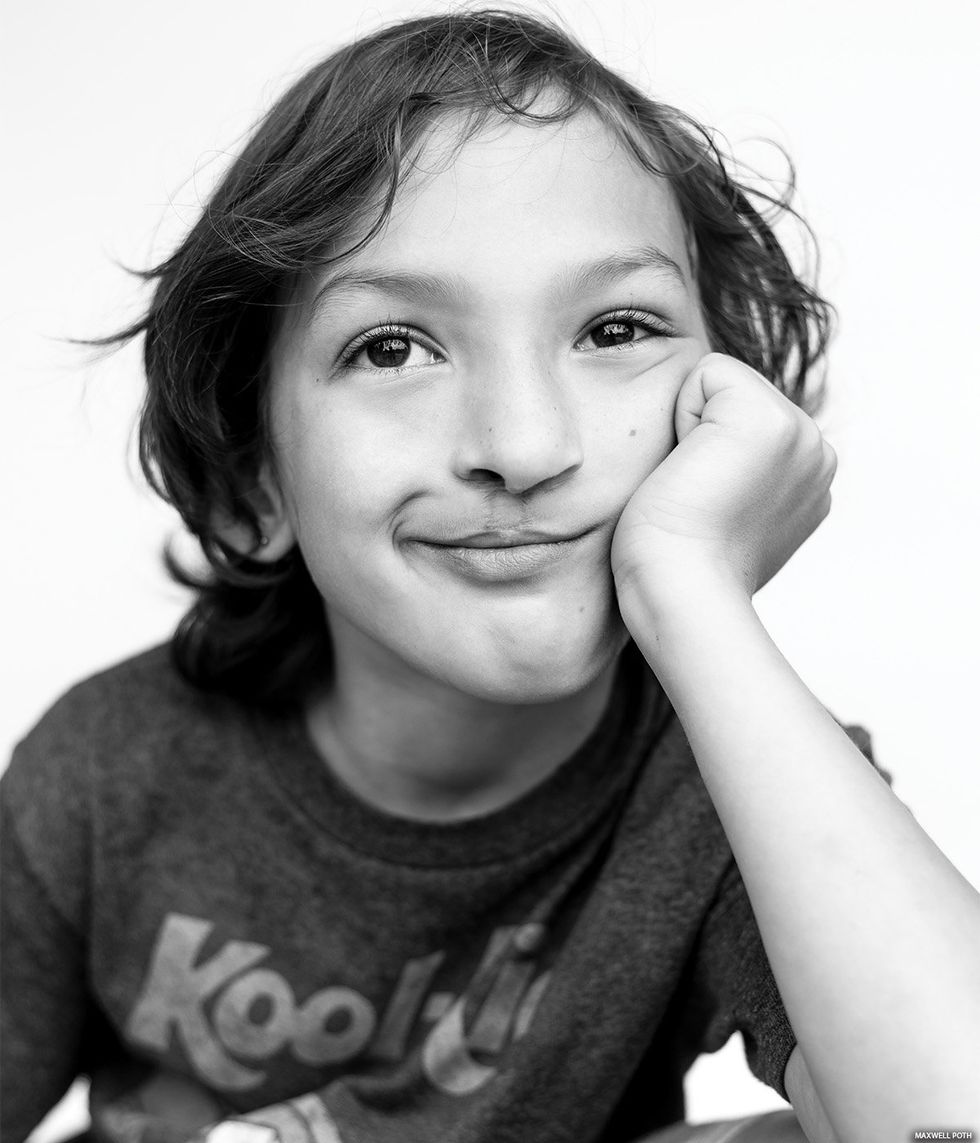
This is a personal book for you. How did your upbringing inspire Project Contrast and your aim to photograph LGBTQ+ youth and tell their stories?
This is indeed a personal book for me. I was raised LDS [Latter-Day-Saint] and started coming out in a small religious community when I was in high school. It was very isolating. Eventually, I went back in the closet to finish [high school], struggled with suicidal thoughts, and struggled until I found community in Salt Lake City.
Five years after I graduated high school, I saw on the news that two young boys in Utah had taken their lives because they were gay. To even make it closer to home, one of those boys was a student at Bountiful High School, where I went to school. He was the same age as I was when I came out. He had the same teachers. Same neighbors. Same community as I did. And he didn’t make it. It made me furious.
I thought to myself, How could I help these kids? I’m a photographer. What can I do with my art to help these kids feel seen and loved? Then it all kind of just fell together. I met amazing queer kids in Utah. And together, we launched an art show to highlight these kids and share their stories. When I saw it making an impact on these queer teens’ lives, I knew I had to continue it all over the country.
How has the culture shifted since you were a teen a decade ago?
While the culture has shifted drastically in our country when it comes to acceptance, you’d be surprised how much it has stayed the same. In my hometown, queer youth still feel unsafe. So the community and church have some explaining to do.
It varies depending on where you are in the country. I travel all over this country to work with these kids. I have been to the tiniest towns, and I’d say that if you live in a small town, it is still similar to how the community saw queer people a decade ago. To be honest, it may even be worse. Especially towards the trans community.
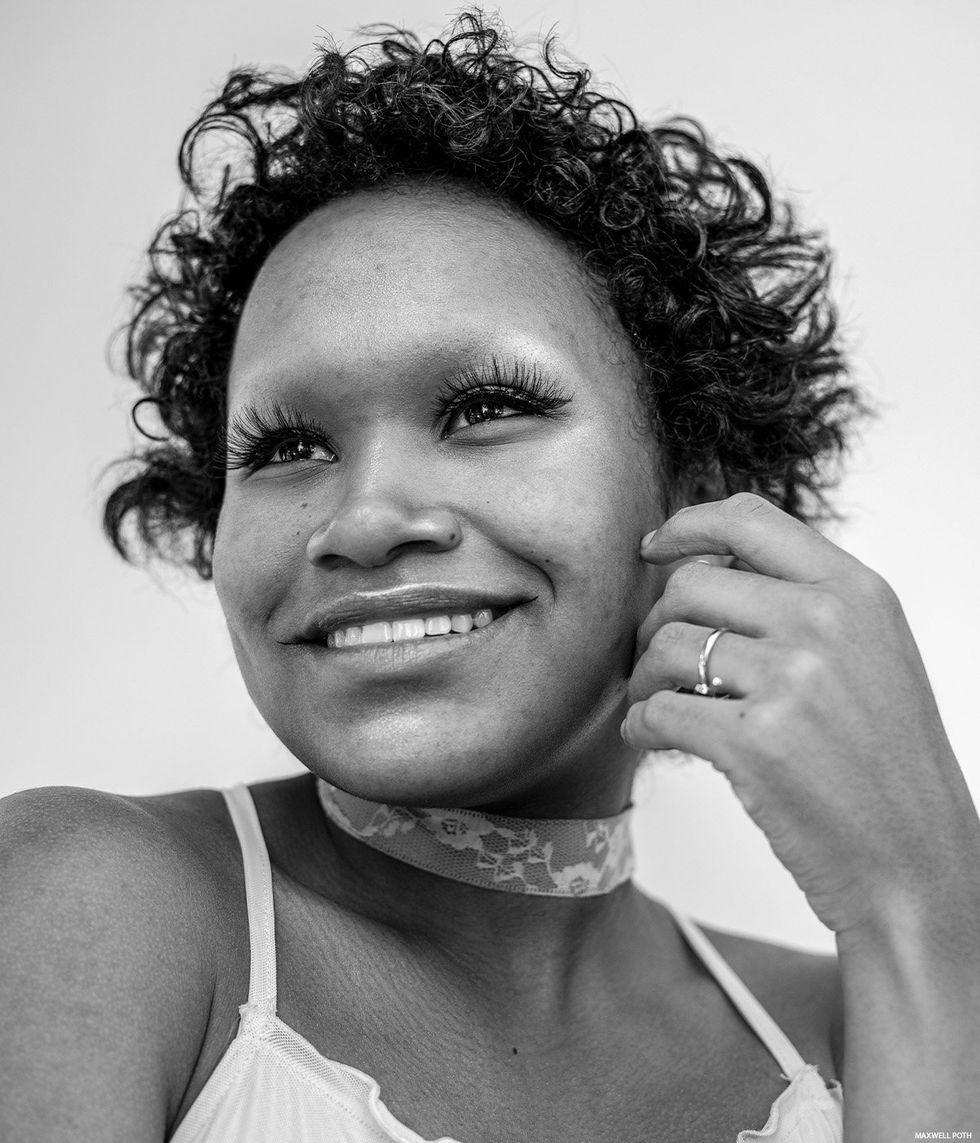
What did you learn about LGBTQ+ young people today that surprised you?
They surprise me every day. They are all so wise beyond their years. Every time I read one of their stories or share their advice to others, I am shocked at the wisdom they share. Sadly, they have to grow up faster than others and have to learn how to protect themselves at such young ages.
Was there a subject whose story particularly resonated with you?
Jeremiah’s story really left an impact because, even though he was given a life filled with people who don’t understand him or want him, he carries himself so well.
His father passed when he was young, doesn’t speak to his mother, lost his grandmother, is being raised by his grandfather. He seems very isolated, but he has found his community where he lives. The way he smiles and finds such simple joy still is so pure. He could be sad and angry at the world, yet he tries to keep his head up and it shows.
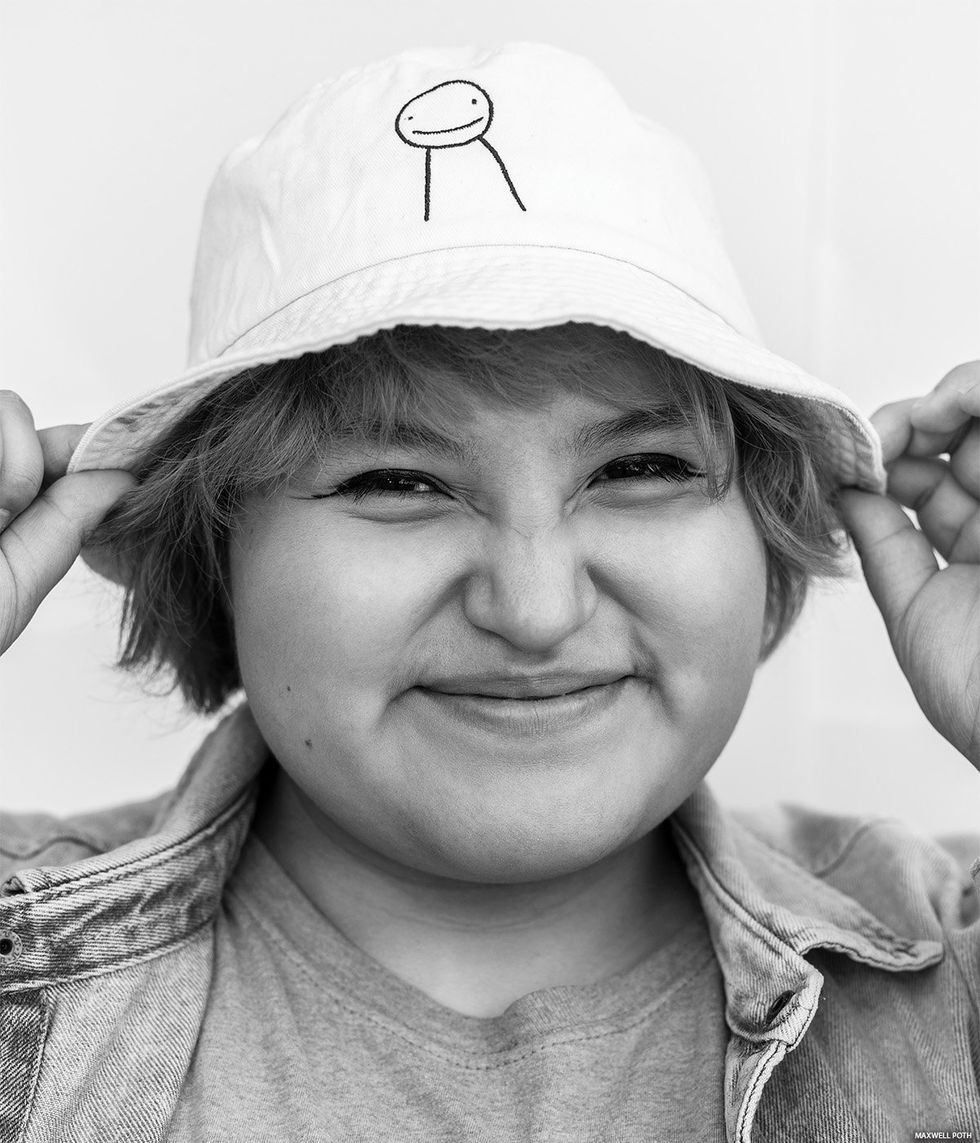
Sadly, suicide is a recurring theme among your subjects. What do readers — and the broader public — need to know to address this crisis?
The simple answer is to love these kids with all your heart. Don’t question them. Don’t doubt who they are. It may be scary to support someone when you don’t understand what they mean. Even so, show them they are loved and even try to introduce them to other queer people or centers.
How can we as LGBTQ+ adults help?
1. Vote
2. Help by donating to local/small LGBTQ+ centers. Transformation Project in Sioux Falls, South Dakota, ended up with over $100,000 last year at a fundraiser I attended. That amount of money in a place like that is like a million dollars to bigger cities. What may seem like smaller donations to us can move mountains in smaller places.
3. Educate others who may not understand and lead with love.
How do you hope your book makes a difference?
I truly just hope that it falls into the hands of struggling queer youth who need it. I want it to help a struggling parent understand their trans child, and I want this book to help educate others on the young queer community. That is all I want from it.
What advice would you give to LGBTQ+ youth who are struggling right now?
You have community everywhere. You aren’t alone. You may feel alone, but there are people even where you live that can help you feel seen and heard. You are loved.
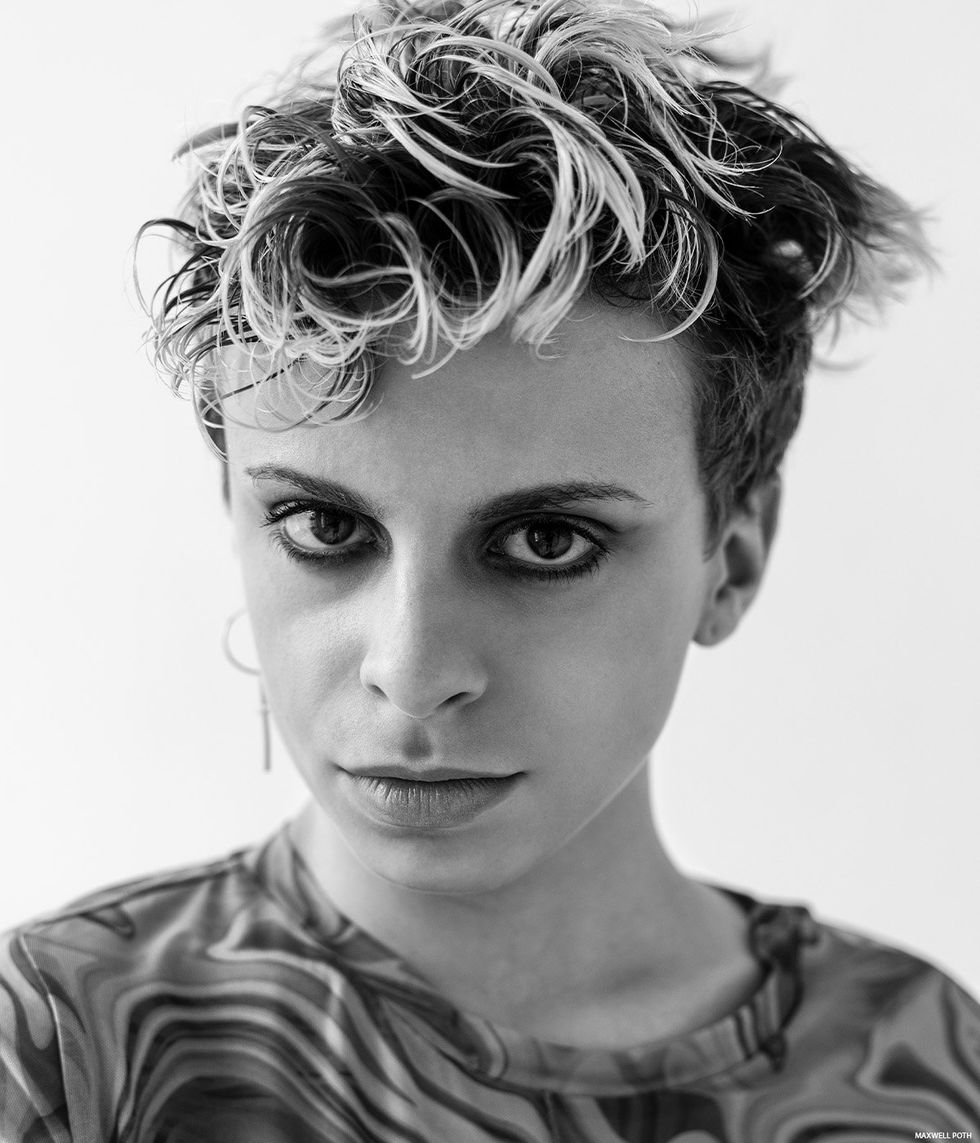
If you’re experiencing thoughts of suicide, call the TrevorLifeline (866-488-7386) or the National Suicide Prevention Lifeline (988).
This article is part of the Out September/October issue, which is now available on newsstands. Support queer media and subscribe — or download the issue through Amazon, Kindle, Nook, or Apple News.


